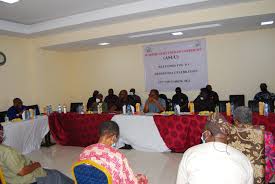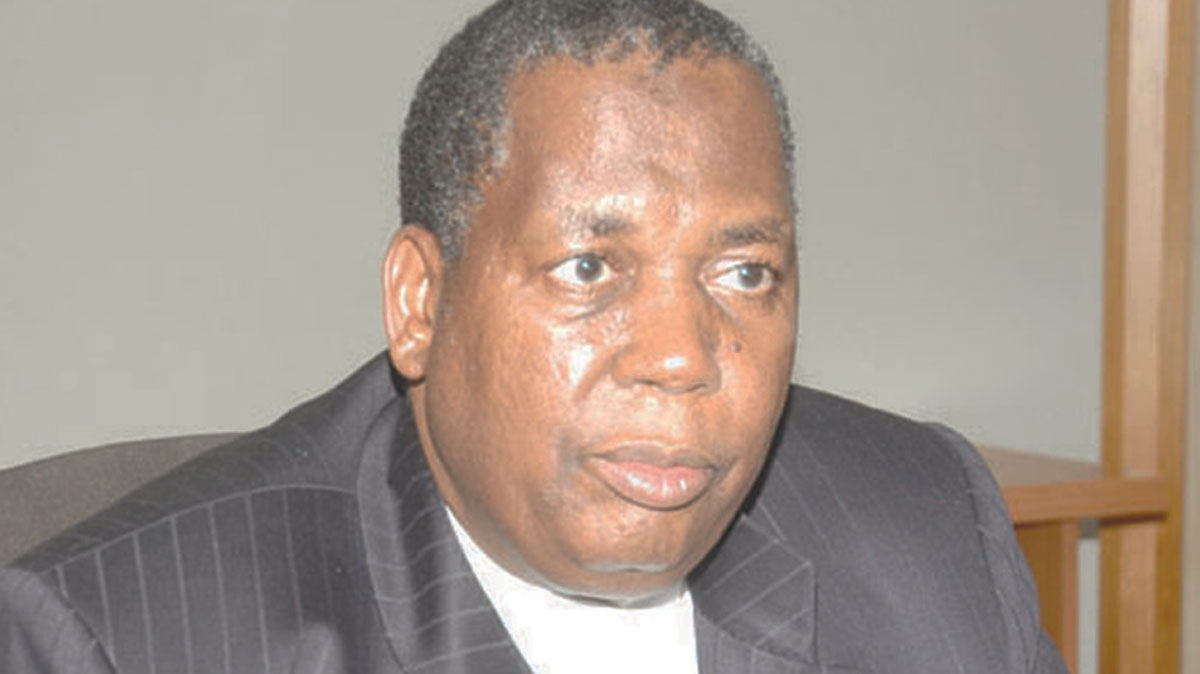The Managing Director, Nigeria Deposit Insurance Corporation (NDIC), Alhaji Umaru Ibrahim has shed more lights on why the regulatory agency adopted the “Bridge Bank” model to take over the operations of the defunct Skye Bank.
Ibrahim revealed that it decided on the bridge bank option because it was the most effective and efficient way to resolve the Skye Bank crisis without much loss to the fragile financial system and the economy generally.
He further revealed that the bridge bank option saved the country of contagious risks that could have led to a gap in the financial system, loss of more than 6,000 jobs and disruption of banking services in the 300 branches of the defunct bank.
He noted that while the corporation has other bank failure resolution mechanisms such as purchase and assumption, provision of liquidity support, assisted merger, take over and management of ailing banks, outright liquidation, the bridge bank option allows unhindered operations of the bank while searching for would-be investors and addressing other fundamental issues.
“On the whole, the bridge bank ensures preservation and continuity of daily operations that were hitherto being undertaken by the failed bank throughout all its branches and guarantees all depositors immediate access to their deposits. It ensures that no jobs are lost in the resolution process.”
Ibrahim noted that the processes leading to the establishment of the bridge bank was actually very thorough and exhaustive as provided for under Part VIII, Section 39 of the NDIC Act (2006) as amended.
According to him, first step involves series of consultations between the NDIC and Central Bank of Nigeria (CBN) after which the name and bridge bank was incorporated and registered with the Corporate Affairs Commission (CAC) as a limited liability company with the objective of assuming the deposits and other liabilities of the failing bank along with the acquisition of its assets.
After incorporation, the CBN issues an operating licence to the bridge bank to enable it commence operations as a fully licensed bank.
At the third stage, the NDIC transfers the entire assets and liabilities of the failing bank (i.e. Skye Bank Plc) to the bridge bank (i.e. Polaris Bank Limited) under a ‘Purchase and Assumption’ (P&A) Agreement executed between the NDIC and the Bridge bank.
The fourth process involves the withdrawal of the operating licence of the Skye Bank Plc by the CBN, upon which the closed bank is effectively handed over to the NDIC being the provisional liquidator, as provided for under the NDIC Act, 2006, as amended. The NDIC commences the liquidation process by filing appropriate applications at the Federal High Court.
Recall that Afribank, Bank PHB, and the Spring Bank were subjected to the same bridge Bank transfer model in 2011.
Ibrahim hinted that the bridge bank is not an end in itself as it can be best described as a special purpose vehicle designed to return a failing bank to profitably bearing another name. If it fails to return to profitability in the time-frame envisaged by the Deposit Insurer, the bank will be liquidated.

 Business7 days ago
Business7 days ago
 Crime1 week ago
Crime1 week ago
 Business1 week ago
Business1 week ago
 Latest3 days ago
Latest3 days ago
 Latest4 days ago
Latest4 days ago
 Politics1 week ago
Politics1 week ago
 Education1 week ago
Education1 week ago
 Business4 days ago
Business4 days ago

